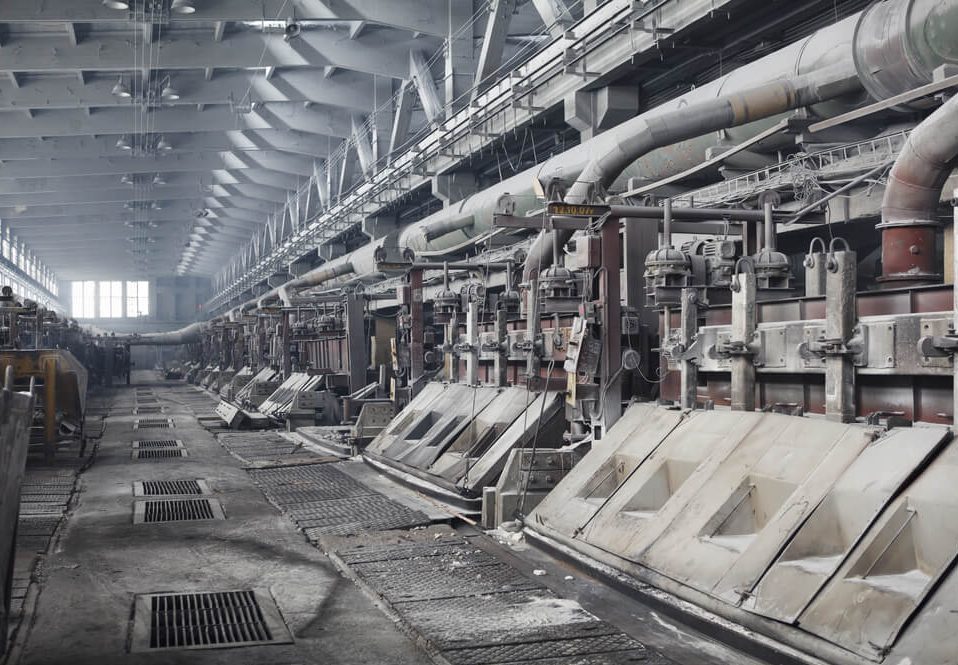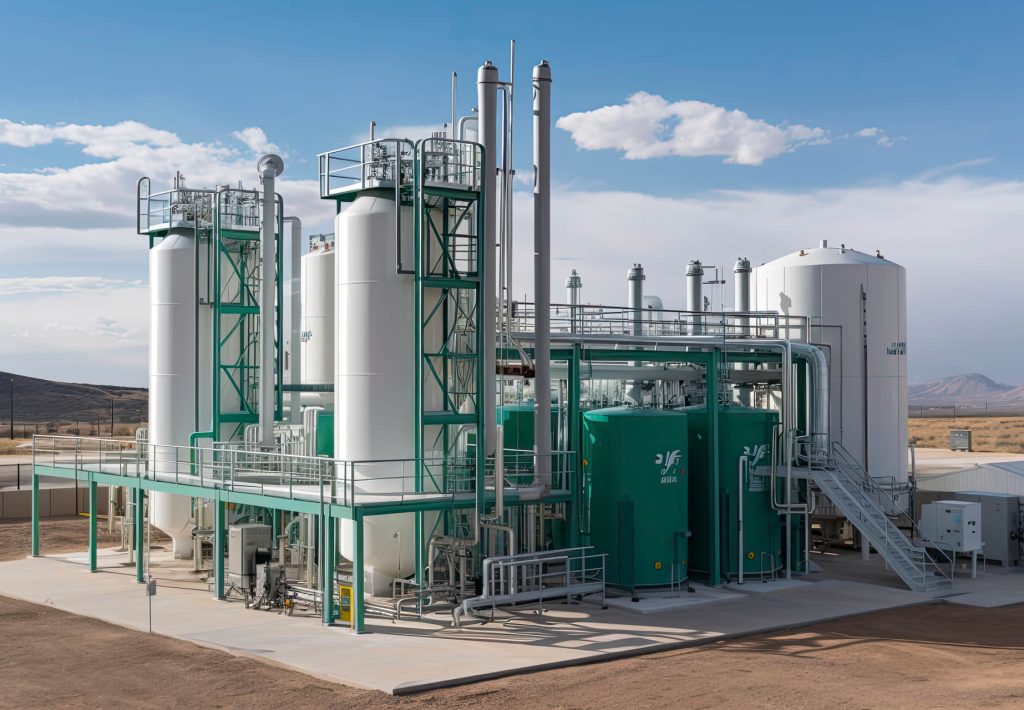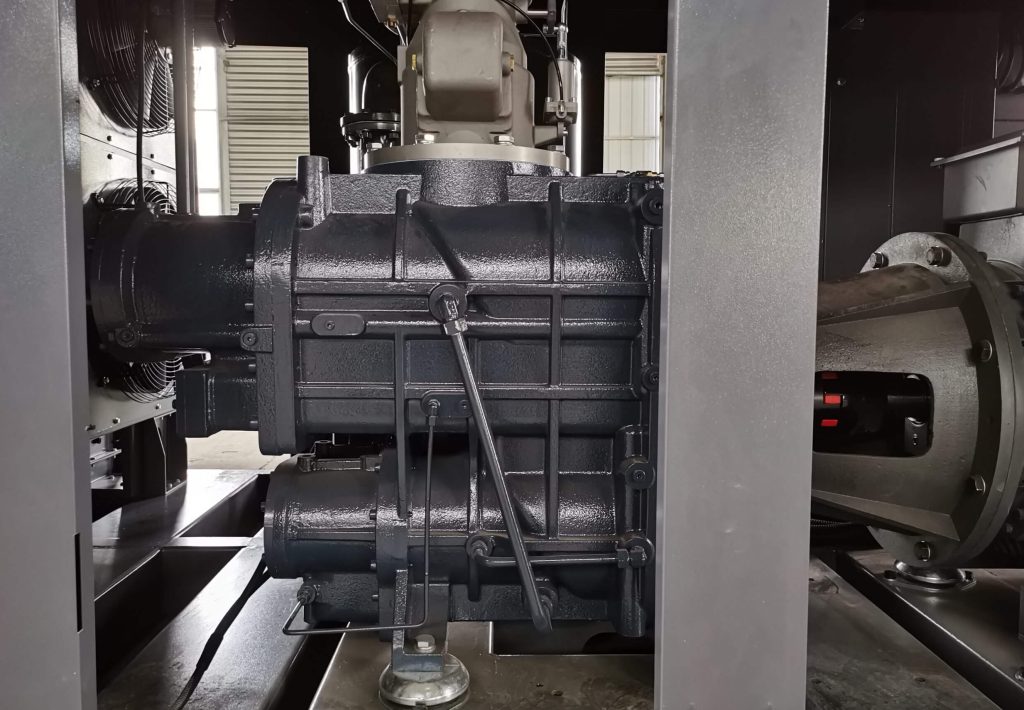Screw compressors have become core power equipment in industrial fields due to their compact structure, stable operation, and long lifespan. As one of the key components, bearing selection is crucial to the performance and longevity of screw compressors. Bearings in compressors play important roles in support and transmission, and their selection directly affects the efficiency, stability, and cost of the equipment. Therefore, scientifically selecting bearings is a core aspect of screw compressor design and optimization. This article will delve into the key technologies involved in selecting bearings for screw compressors, helping you achieve the optimal balance between performance and cost.
The four key steps in selecting bearings for screw compressors include: selecting the appropriate bearing type based on operating conditions and structure, determining bearing size and arrangement based on load and lifespan requirements, optimizing bearing precision and clearance, and calculating bearing lifespan. Additionally, innovations in material upgrades, lubrication optimization, and intelligent monitoring technologies are driving updates to bearing selection strategies.

1. Why is Bearing Selection So Important for Screw Compressors?
Bearings in screw compressors undertake multiple critical functions:
- Supporting the rotor system: Bearings bear radial and axial loads, ensuring precise engagement between the male and female rotors. Accurate rotor positioning directly impacts the compressor’s compression efficiency and operational performance.
- Controlling friction and vibration: Properly selected bearings reduce mechanical energy loss, minimize noise and temperature rise, and ensure the compressor operates stably at high efficiency. Excessive friction not only increases energy consumption but can also accelerate wear on bearings and other components.
- Extending equipment lifespan: Properly configured bearings can delay metal fatigue and extend equipment service life. Through scientific selection, bearing failure rates are reduced, maintenance cycles are extended, and equipment downtime and repair costs are minimized.
For example, after optimizing bearing selection for a certain model of refrigeration compressor, its operational efficiency increased by 12%, while maintenance costs decreased by 30%. This demonstrates that bearing selection not only impacts equipment performance but also directly affects operating costs and maintenance workload. Therefore, scientifically selecting the right bearings is crucial.
2. Four-Step Method for Bearing Selection in Screw Compressors
Bearing selection for screw compressors is a systematic process, which can be divided into the following four steps:
2.1 Initial Selection: Match Bearing Type to Operating Conditions and Structure
Core principle: Based on the operating conditions, shaft dimensions, and load characteristics of the screw compressor, preliminarily select a suitable bearing type. The selection should consider various factors such as load type, speed, and temperature in the working environment.
| Operating Condition | Recommended Bearing Type | Typical Case |
| High speed, light axial load | Deep groove ball bearing | Drive end of small air compressors |
| Heavy axial load | Angular contact ball bearing / Tapered roller bearing | High-pressure rotor of process compressor |
| Space-constrained, radial load | Needle bearing | Non-drive end of compact refrigeration compressors |
Pitfall guide:
- Avoid using tapered roller bearings in high-speed scenarios: The centrifugal force of the rolling elements may cause slippage, affecting bearing stability.
- For compound loads: When both axial and radial loads are involved, angular contact bearings in series or back-to-back arrangements should be preferred to ensure uniform load distribution.
2.2 Determine Size and Arrangement: The Trade-Off Between Load and Lifespan
After determining the bearing type, the next step is to determine the bearing size and arrangement based on the actual operating conditions. Bearing load capacity, lifespan, and operational stability are closely related to its size.
Key parameters:
- Dynamic/static load: Through force analysis, determine the range of forces the bearing needs to withstand. Proper load distribution improves bearing lifespan.
- Expected lifespan: Calculate the bearing’s load capacity based on the equipment’s designed lifespan to ensure long-term stability during operation.
Typical arrangement options:
- Large axial load: It is recommended to use multiple angular contact bearings in series (e.g., “O-type” or “X-type” arrangement) to effectively distribute axial forces.
- Predominantly radial load: A combination of cylindrical roller bearings and four-point contact ball bearings can provide both rigidity and flexibility, ensuring stable equipment operation.
Case analysis: In the selection of the male rotor bearing for a 75kW air compressor, the original design used a single-row tapered roller bearing. However, frequent axial load fluctuations led to a short bearing lifespan. After optimization, the design was modified to use a double-row angular contact bearing in series, significantly increasing the bearing lifespan to 60,000 hours.
2.3 Precision and Clearance: Details Make the Difference
The precision and clearance of bearings directly affect the compressor’s stability and accuracy, especially in high-speed compressors where precision is crucial.
Precision levels:
ISO P0 (standard grade) to P5 (precision grade), with high-precision bearings reducing rotor wobble and friction, suitable for high-speed compressors.
Clearance selection:
- Standard clearance (CN): Suitable for stable temperature rise and light load scenarios.
- C3 clearance: Suitable for high-temperature or heavy-load conditions, compensating for the effects of thermal expansion.
Practical tips:
- Bearinx software simulation: Use tools like Bearinx to simulate stress distribution under different clearances to avoid over-tightening caused by insufficient clearance, which can lead to unnecessary failures.
- Lubrication and sealing design: In high-temperature environments, choose bearings with cages made of PEEK (polyether ether ketone) material, and employ labyrinth seals and grease lubrication combinations to optimize lubrication and reduce friction.
2.4 Bearing Lifespan Calculation: From Theory to Practice
Calculating bearing lifespan is the foundation for ensuring long-term stable operation of equipment. By calculating the basic rated lifespan (L10) and extended modified lifespan (Lm), the bearing’s service life can be predicted accurately, providing a theoretical basis for selection.
Basic rated lifespan (L10) calculation:
Formula:

- L10 is the basic rated lifespan (in millions of revolutions)
- CP is the bearing’s rated dynamic load
- F is the applied load
Extended modified lifespan (Lm) calculation:
Formula:

where a1 and aISO are correction factors related to lubrication, contamination, and other real-world factors. This allows for more accurate lifespan prediction under actual operating conditions.
By calculating the extended modified lifespan, it’s possible to quantify factors like lubrication and contamination, providing more accurate bearing selection guidance.
3. The Impact of Bearing Technological Innovations on Selection Strategies
As technology advances, bearing technology continues to innovate, with three major technological changes driving updates in selection strategies:
- Material upgrades: Using ceramic rolling elements or special alloy steel materials can significantly improve bearing fatigue life, increasing it by over 50%.
- Lubrication optimization: Self-lubricating coatings reduce dependence on traditional grease, helping to simplify lubrication systems.
- Intelligent monitoring: Built-in sensor technology can provide real-time feedback on the bearing’s health, making maintenance more precise and efficient.
Selection recommendations:
- Prioritize selecting bearings that meet the ISO 281:2007 standard to ensure their quality and performance stability.
- Establish joint development mechanisms with bearing suppliers, utilizing their databases and simulation tools (such as Schaeffler Bearinx) to optimize designs and reduce design errors.

4. MINNUO’s Bearing Selection Service Advantages
As a technical expert in the compressor industry, MINNUO offers a range of professional bearing selection services to help customers choose the most suitable bearings.
- Customized selection plans: Provide personalized bearing selection plans based on specific operating conditions and equipment needs, including lifespan calculations to ensure efficient bearing operation.
- Full lifecycle support: From design selection to bearing maintenance and replacement, MINNUO offers comprehensive technical support to ensure long-term stable operation of compressors.
- Cost optimization strategies: Through precise calculations and optimized selection, avoid over-design, thereby reducing procurement and operation costs.
5. Conclusion
Bearing selection for screw compressors is a complex, systematic engineering task that involves mechanical analysis, material science, and engineering experience. With the advancement of calculation methods (such as the extended lifespan model) and continuous updates in bearing technology, selection strategies should evolve with the times. MINNUO will continue to work with industry partners, using lean design and technological collaboration to advance screw compressors toward a future of higher reliability and lower energy consumption.






 Email
Email sales:+86 15366749631
sales:+86 15366749631

